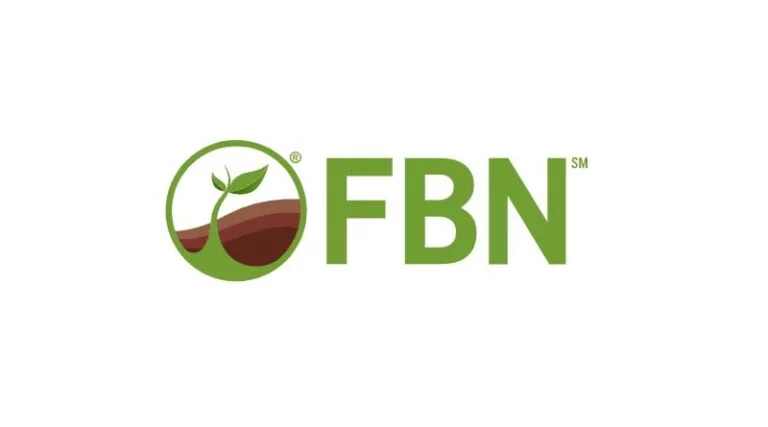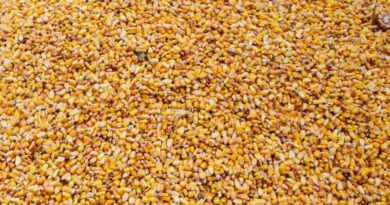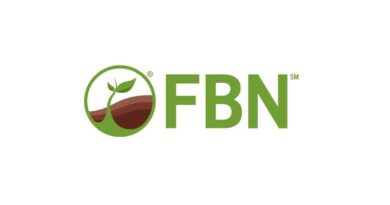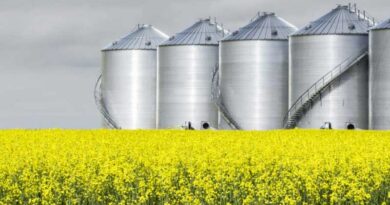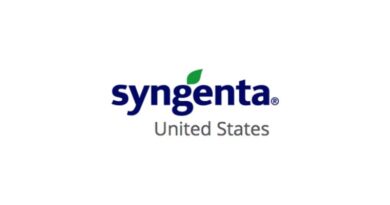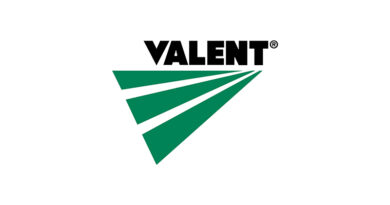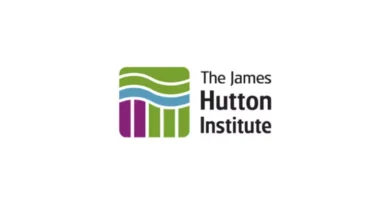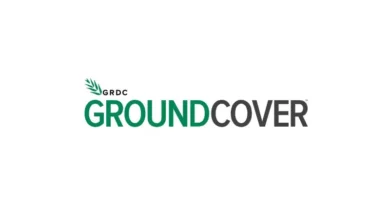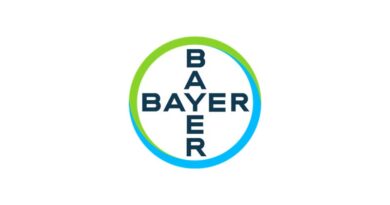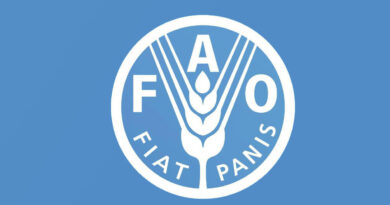Optimize Next Season’s Yield by Asking These 10 Questions at Harvest
06 November 2023, US: Don’t let harvest focus only on crop yield — this time of the season also provides a great opportunity to evaluate the decisions you made throughout the year and begin evaluating decisions you’ll make for next year.
As you harvest each field, take time to jot down any details about this year’s production while they remain fresh in your mind. Once finished, ask yourself a few questions to optimize your crop yield and overall ROI next season.
1. How did my seed selection meet expectations for this field?
Consider the genetics and traits you planted, along with plant population, early vigor, disease tolerance and standability.
Did you need everything in the bag or could you have done without some traits? Could conventional seed have achieved the same yield level at a lesser cost per acre?
2. What could I have done to improve weed control?
Identify the weeds that are present at harvest and note their location in-field. Note the herbicide program that was used.
Was your method of control acceptable? What could have been done differently to obtain a better result? Could substitution of generic active ingredients of the herbicides used saved some expense dollars? Could the use of different modes of action herbicides control your weeds at equal or more efficiently at less cost?
3. Were any diseases visibly evident?
Did you use a fungicide? Note the timing of any fungicide application. Estimate the level of control that you received and where a fungicide was applied in-field.
Could a different fungicide have the same or better results for less expense? Are stalk rots an issue during this harvest?
Watch for grain quality issues if plans are to store the grain.
3. Was there any insect damage that could have been avoided?
Observe grain quality for insect damage several times during this harvest. Note the timing of any insecticide applications made. Write down the name of the target insects along with the infestation level.
Would different application timing or a different insecticide mode of action change the insect control result?
Control varies by insects and crop stage of growth, so make notes accordingly.
4. Did my fertility program make the grade?
Examine the plants and the grain being harvested. Was the fertility program adequate throughout the season and did it produce quality grain? Were any nutrient deficiencies identified, and would your farm have benefited from tissue testing throughout the growing season?
Also, make sure that your crop is getting the nutrients it needs at the times when it needs them the most.
5. Was my fertility program adequate throughout the season?
Examine the crop plants and grain being harvested. Was the fertility program adequate throughout the season and producing quality grain? Were tissue tests made to determine adequate nutrient levels in the plant? Could your fertility program be more efficient?
6. What did my soil tests reveal?
An annual soil test should be done at similar times of the year to be sure that proper nutrients are available for every crop to be grown. Soil tests can also help you with locating areas in-field that have specific soil problems that need to be addressed.
Were any nutrient deficiencies identified at any time during the growing season? Was your nutrient application timing the best it could have been, or does it need adjustment?
7. Did my equipment do what my farm needed?
Machinery that is worn out, or not properly calibrated, can have an impact on your planting and harvest. Using the wrong equipment can lead to compaction and other soil issues.
Did the equipment you have do an acceptable job during cultivation, planting, spraying and harvesting? Do you need to budget for repairs, maintenance or even equipment replacement to improve on-farm efficiency next season? Could there be a tax advantage to purchasing new equipment?
8. Did I select the right crop insurance (and do I have claims to submit)?
Crop insurance is part of your overall risk management plan. Know the options that are available to you, and if necessary, get a second opinion.
Did you purchase the correct crop insurance package this year? What changes might you make for the upcoming crop season?
9. Where else could I optimize or reduce cost on the farm?
Every farm should be evaluated separately for opportunities to improve overall profit potential, from savings on input costs to reducing risk with new crop marketing opportunities.
What can you do to improve my field-level input costs, reduce risk and gain more profitability for the operation?
10. Have I checked in with my neighbors and agronomist?
Check with your agronomist and your neighbors to see what worked—and what didn’t—on farms in your area. Consult with your neighbors about the crop inputs that worked for them as well as what they plan to plant next year.
Proper chemistry selection leads to increased pesticide efficacy, and substantial savings could be a reality in many fields. This information-sharing approach will help to ensure good communication in your community and help you both.
Get the Right Inputs for Your Operation with FBN®
Double down on savings and convenience when you shop for ag products from FBN. Offering a diverse array of crop protection, crop nutrition, seed and other key inputs, along with 24/7 digital shopping access, direct to farm delivery and transparent pricing, you’ll find everything you need to keep your operation running smoothly on the FBN platform. Click here to get started.
Also Read: CGIAR capacity development hub at UM6P in Morocco
(For Latest Agriculture News & Updates, follow Krishak Jagat on Google News)

